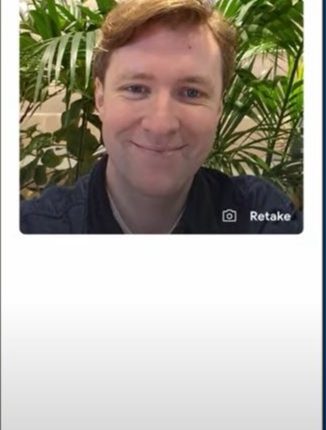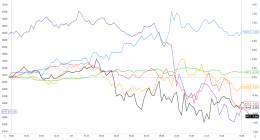IF you’ve ever wanted to travel back in time, then a new AI filter could be the next best thing.
Google’s new Art Selfie 2 allows someone to take a selfie and then transport themselves to a historical time period.
There are 25 periods and styles people can choose to have their selfie rendered in, including a Monet painting, a chivalric knight, and an ancient Egyptian pharaoh.
Selfie filters have been around for a while, most famously on Snapchat, but Google is now using generative AI in their product.
Once the photo is taken and the AI generates the image, the user is presented with historical facts about the period.
Folks interested to try the app can find it in the Google Arts and Culture app on iOS and Android.
Read more on tech
Selfie filters are so popular that some people have spent thousands on plastic surgery – a phenomenon dubbed “Snapchat dysmorphia”.
New York doctor Dr Matthew Schulman says people come into his office wanting to look like a filter.
He says: “They’re coming to me and saying I want smoother skin, I want my eyes to be opened up, I want my lips to be fuller.”
Social media users love to follow filter trends and post the generated images of themselves online.
Most read in Tech
Filter trends have included people making themselves look old or videoing different things with a wavy filter to watch them bizarrely bend.
The annual number of cosmetic surgery procedures has more than doubled since 2000, says the American Society of Plastic Surgeons, with young people significant contributors to the rise.
Sundar Pichai, Google CEO, said one of Google’s goals for 2024 is to deliver more improvements for its AI.
In May he said: “We’ve been applying AI to make our products radically more helpful for a while.
“With generative AI, we’re taking the next step. With a bold and responsible approach, we’re reimagining all our core products,
Google has already got AI into many of its products, with machine learning allowing people to search their photos for pieces within them.
What is AI?
AI stands for artificial intelligence and it lets computers to act in a more ‘human’ way.
This includes being able to hold conversations – both casual and intellectually challenging ones – with humans.
AI can analyse a vast amount of data at speeds that are impossible for human minds.
It can be trained, as well as learn.
The basis of AI is machine learning, which relies on models using maths, statistics and classification methods.
Developers will teach the computer to understand classification methods, which means the AI can spot patterns and make groups of particular things.
This post first appeared on Thesun.co.uk














